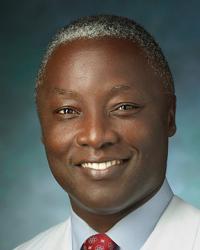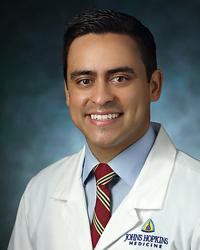Treatments and Procedures: Ear Pinning
Ear pinning is a specific type of cosmetic ear surgery (also called otoplasty.) The procedure draws protruding ears closer to the sides of the face, and is most commonly performed on children at age 5 or 6, but some adults choose ear pinning to improve their appearance.
Ear Pinning: Why Choose Johns Hopkins Facial Plastic Surgery?
- Parents can be assured of our team’s dedication to each patient’s well-being and health as we help them feel more attractive and confident.
- With a large number of patients and an experienced faculty with specific training in the structure of the head and neck region, we offer a rare degree of skill and expertise.
- We offer a warm, compassionate environment for young patients and their families, with clear communication throughout each step of the procedure.
Request An Appointment
Schedule by phone
New and existing patients: 410-616-7191
Submit a request online
You may also request an appointment by filling out this form.
Ear Pinning: What to Expect
Consultation
All successful cosmetic surgery starts with a conversation between you and your child’s surgeon.
During the initial consultation, your surgeon will take a thorough medical history and learn more about your child, reviewing general health, skin characteristics and your goals and expectations.
Your surgeon will examine the angle of your child’s ears and discuss possibilities for correcting the problems. Even if only one ear needs “pinning back,” surgery on both ears is more likely to achieve natural symmetry.
The surgeon or staff members will photograph your child so the surgeon can study his or her face and ears.
Once you have decided to proceed with ear surgery, your surgeon will go over the recommended technique, the surgical facility, anesthesia, other procedures, possible complications, and costs.
Ear Pinning Surgery
Typically, the surgeon will suggest a general anesthesia for young children and a local anesthetic combined with a mild sedative for older children and adults. Under normal conditions, most ear pinning procedures take about two hours.
In some instances, the surgeon uses sutures (stitches) to hold the ear cartilage closer to the head without removing any skin or cartilage from the ear.
For other patients, the surgeon makes an incision just behind the ear in the natural fold where the ear joins the head. The surgeon removes some cartilage and skin, and may trim the cartilage, shaping it into a more desirable form. Permanent sutures secure the cartilage so the ear can heal in the desired position.
Soft dressings applied to the ears will remain for a few days. Most patients experience some mild discomfort, and sleep patterns may be disrupted for a week or so since avoiding pressure on the ear areas is essential. Your doctor may suggest a soft, flexible headband to hold the ears in the desired position for two weeks after the surgery.
Ear pinning risks are minimal, as is scarring. After healing, a thin scar will be barely visible behind the ear.
Our Physicians
Facial Plastic and Reconstructive Surgery: Johns Hopkins | Q&A
Lisa Ishii, M.D., a Johns Hopkins facial plastic and reconstructive surgeon, answers frequently asked questions about facial cosmetic and reconstructive surgery. She provides information on when and why you should consult a facial plastic surgeon and what you can expect at your first appointment.





